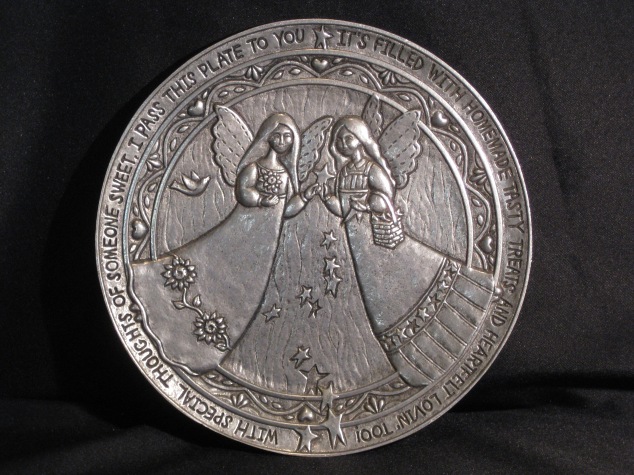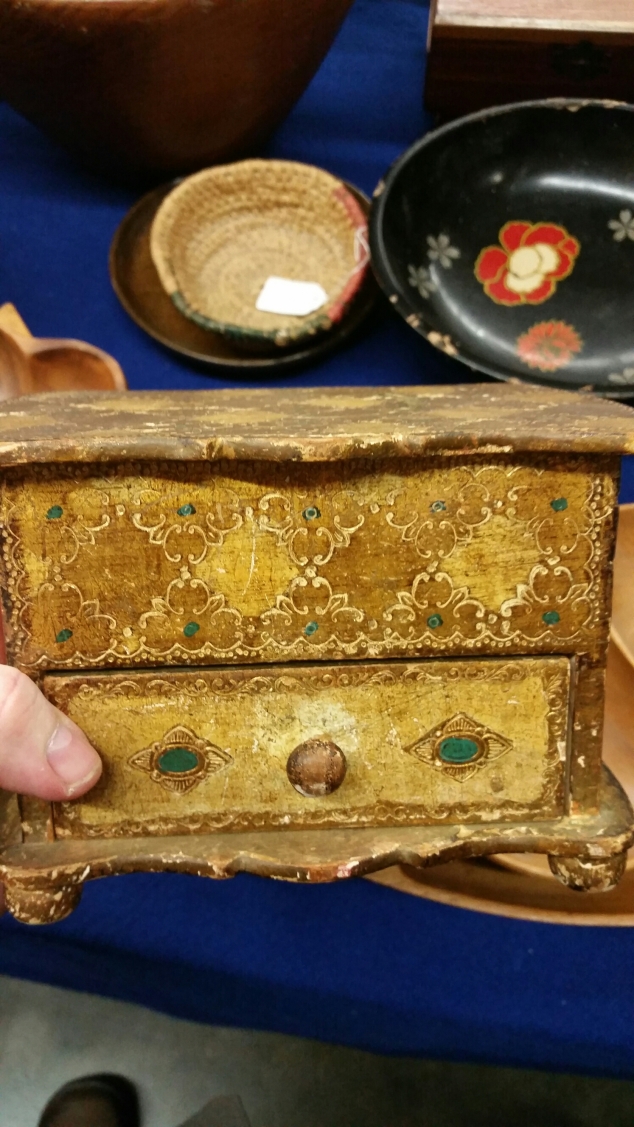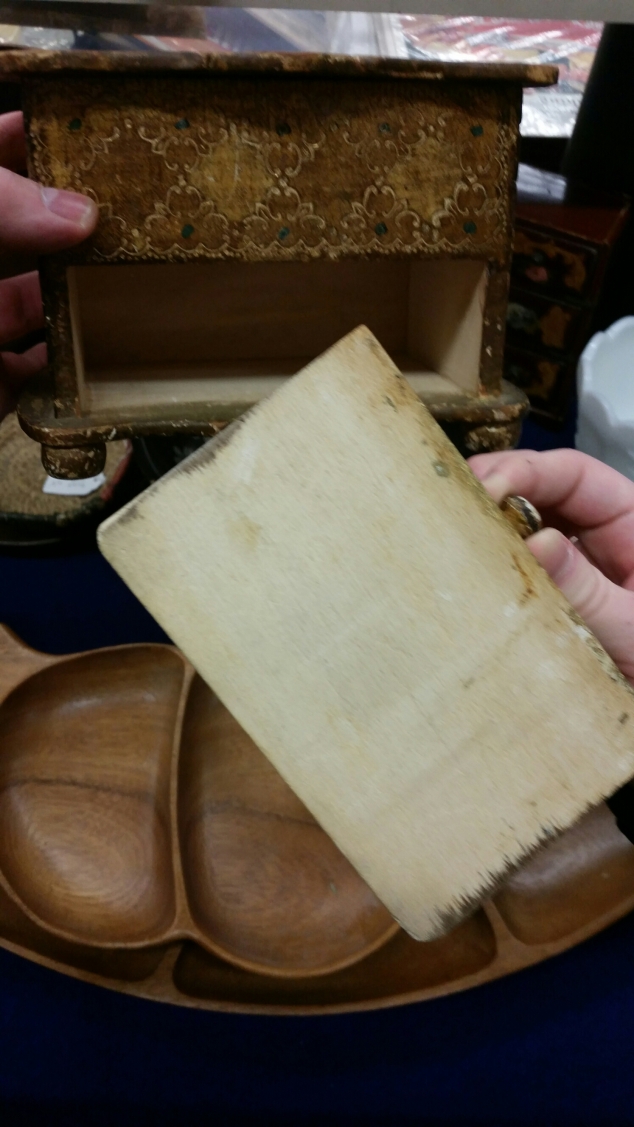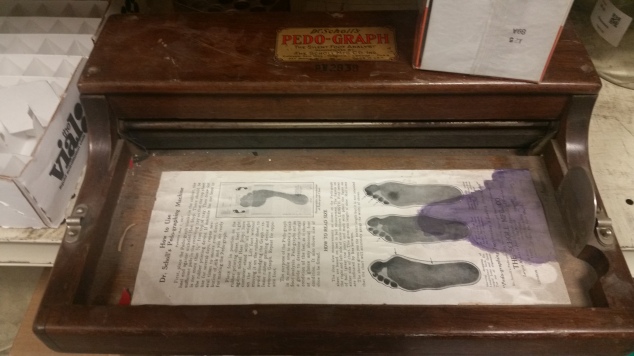
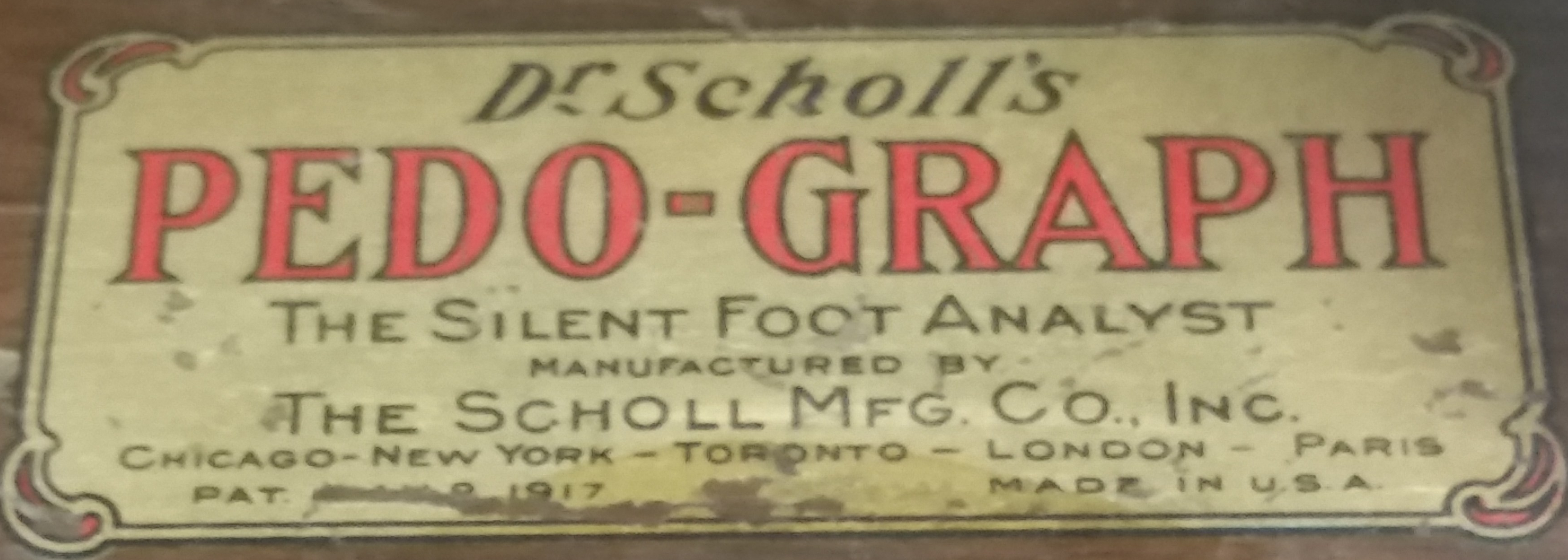
Dr. Scholl’s is a footwear and foot care brand owned by Bayer the company it was started by podiatrist William Mathias Scholl in 1906, in Chicago. The original company expanded globally to design and patent over 1000 foot care products, after William Scholl died in 1968, Schering-Plough bought the brand.
The PEDO-GRAPH was made Dr. Scholl’s and PEDO-GRAPH literally means imprint on paper of the foot ,or a foot pressure distribution map of the foot. The PEDO-GRAPH helps doctors treat diabetic patients with foot issues.
Diabetic patients lack nerve sensation and hence develop ulcers in soles due to localized high pressure. Eventually these turn to gangrene and need leg amputation. If the high pressure points can be located and assessed early, shoe soles can be designed to spread the pressure which may prevent ulceration.
I like this piece because people who collect medical equipment or foot ware would love to have this as an addition to there collection. Or it could be re-purposed as a holder for a shoe shine kit. The best part is this piece is the logo, the fact that has the patient date of 1917 and has Chicago-New York-Toronto-London-Paris on it make it really cool.





